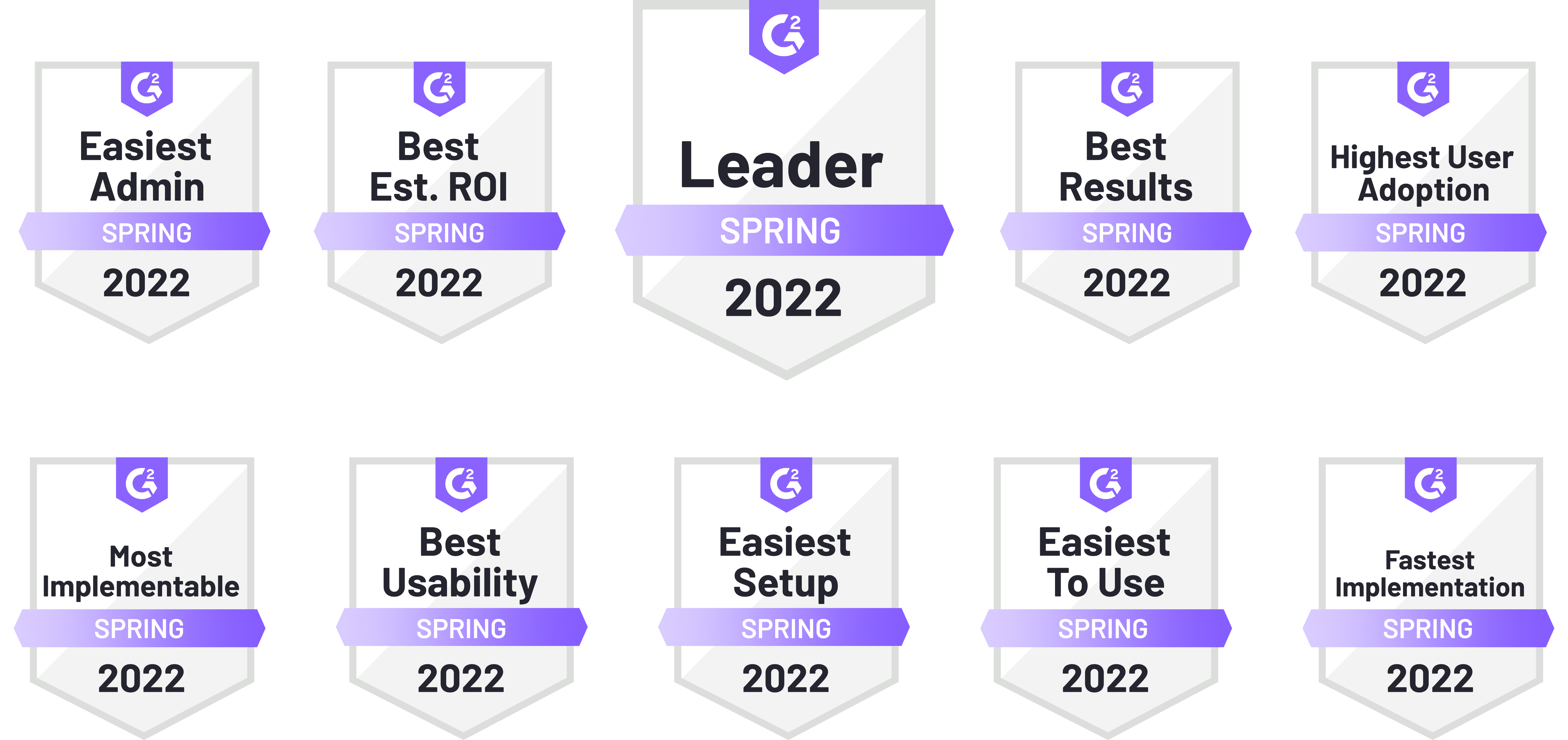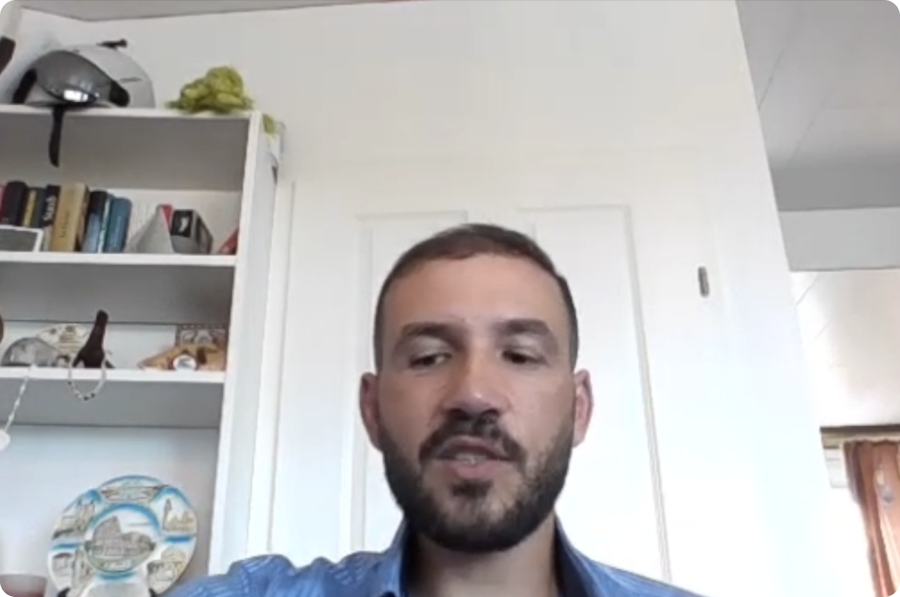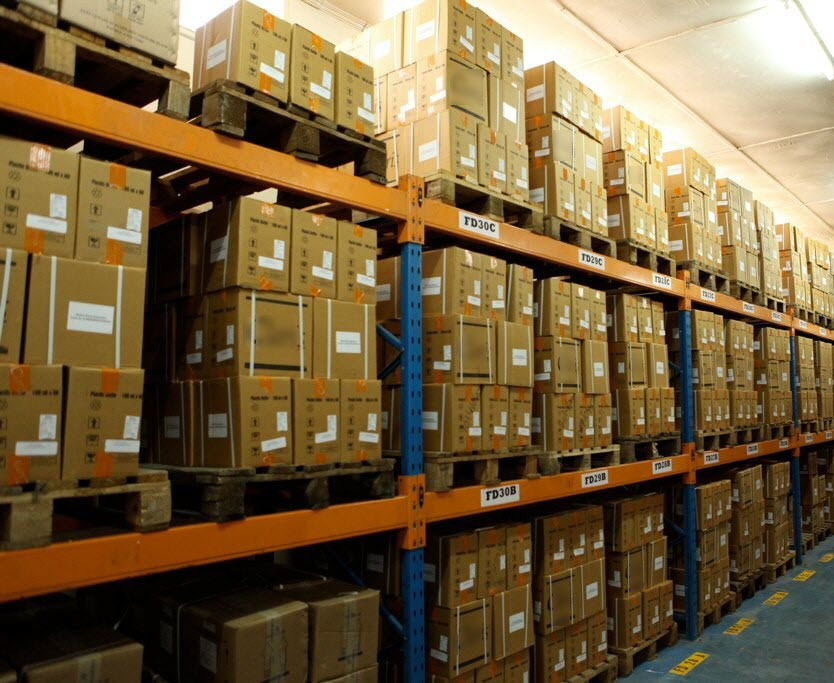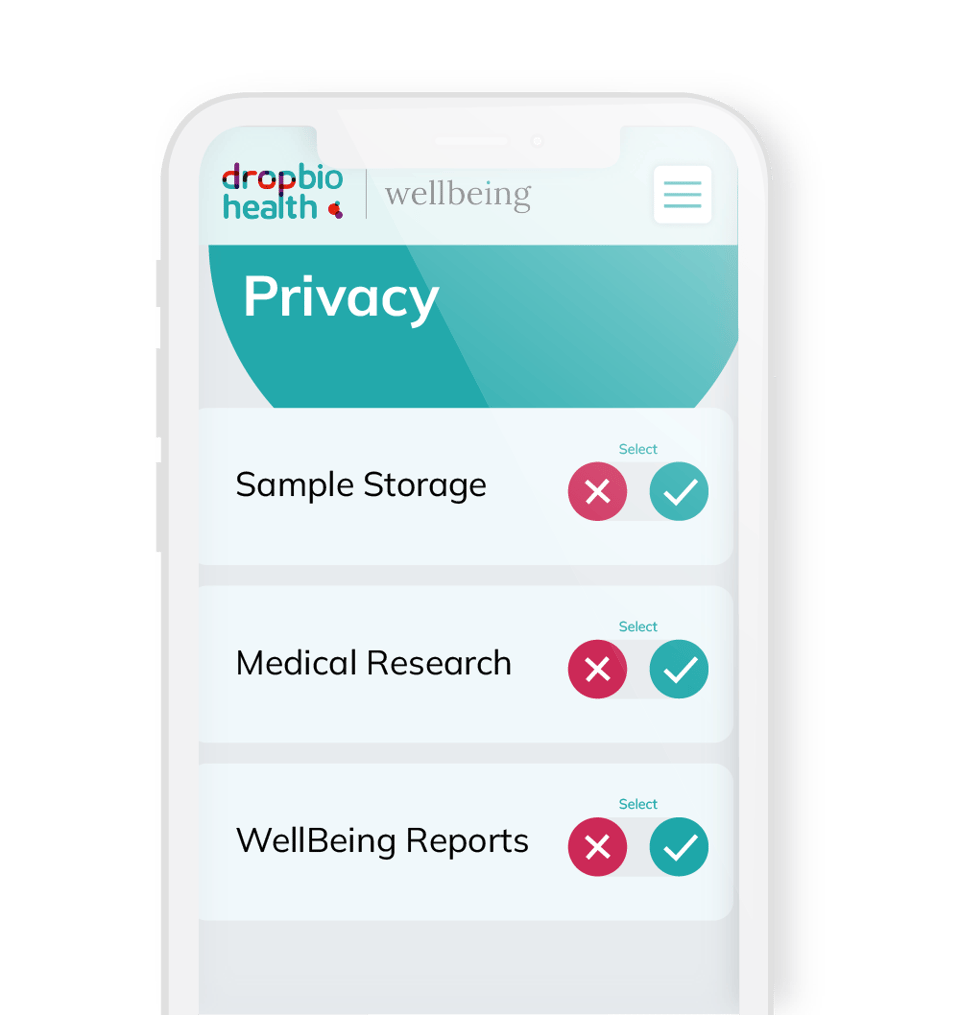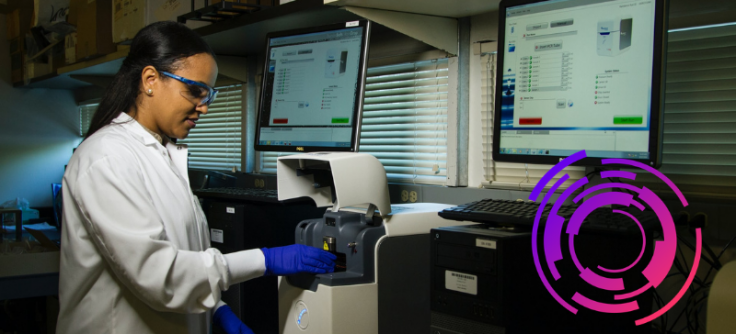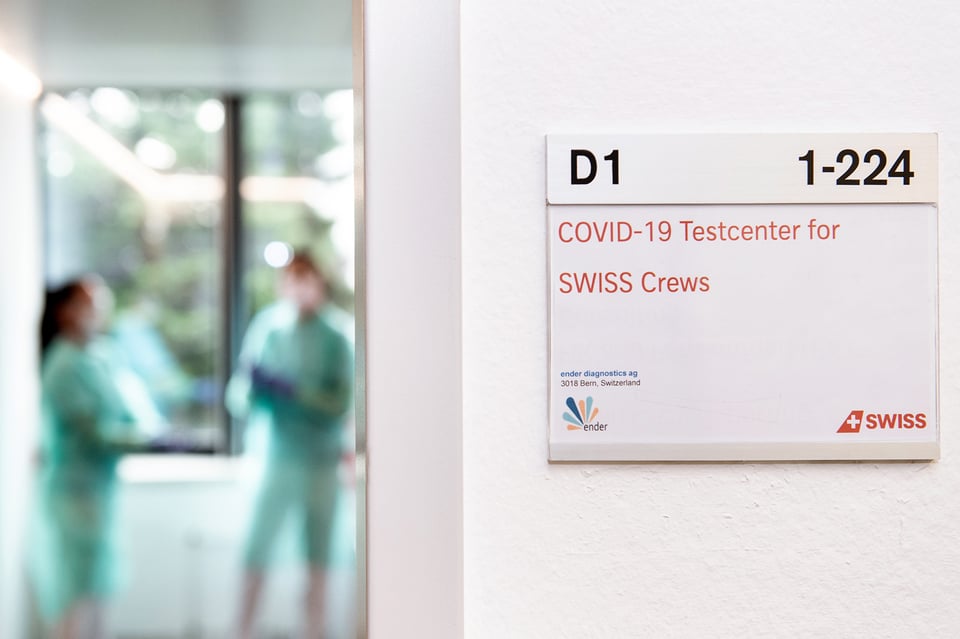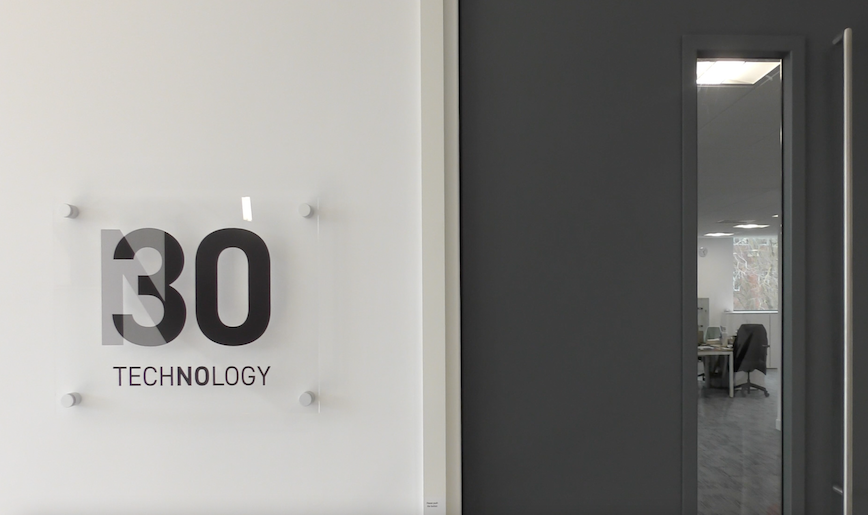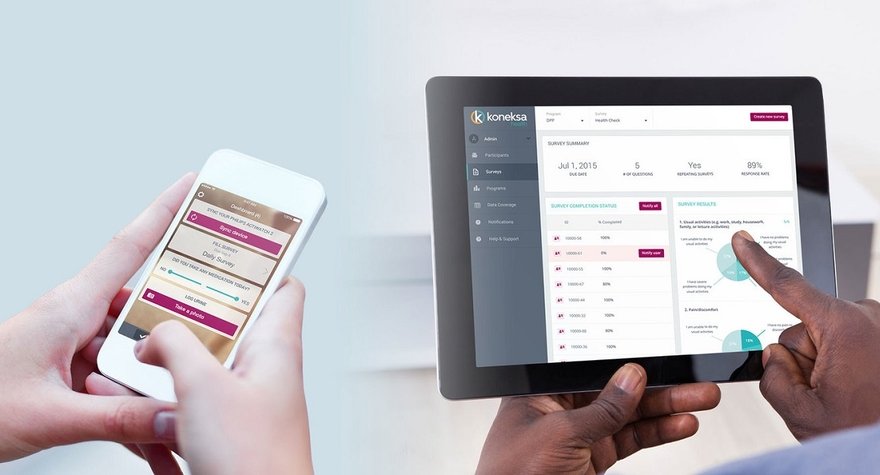 CUSTOMER SUCCESS STORIES
CUSTOMER SUCCESS STORIES
Hear from our
happy customers
We partner with real quality professionals across the globe to help them innovate, get to market, ditch admin and cut stress.
I contacted Qualio in November. We went live mid-December. We had all users in by January. And we had our ISO 13485 certification by July. Without Qualio, we'd never have done that.

Karen Hue
Head of Quality & GxP Compliance, 30 Technology
"We looked a lot at how Qualio worked, its user interface and the technology behind it. It was by far the freshest, most logical eQMS system out there."

Dmitry Fedorov
CTO, ViQi
“The cost of our Qualio licenses is insignificant compared to what we've saved by just improving our processes.”

Peter Bruesehoff
Director of QA, Watchmaker Genomics
"Qualio is far superior to other systems I've worked with in the past. The flexibility has been mind-boggling."

Michael Holcomb
QA Director, TriMed
"Document control took anywhere from 5 hours to 3 days. Now things get done in hours, even minutes. I can send training out in seconds now. Qualio has made my life 100% better!"

Angela Pinkston
QA Manager, Akadeum Life Sciences
"Qualio helps me sleep better at night. Having that structure for everyone to work within is essential for us to really succeed this year in getting onto the market and staying compliant."

Heather Underwood
CEO, EvoEndo

